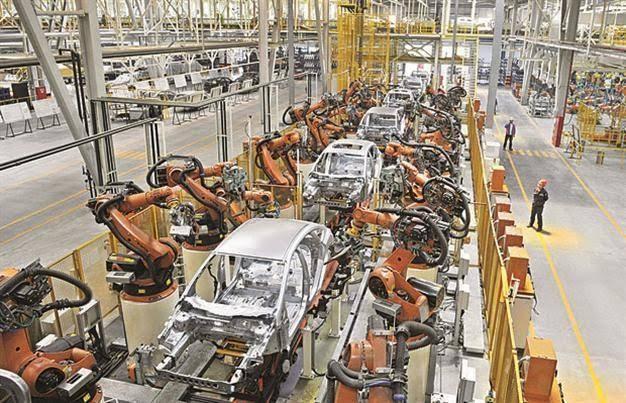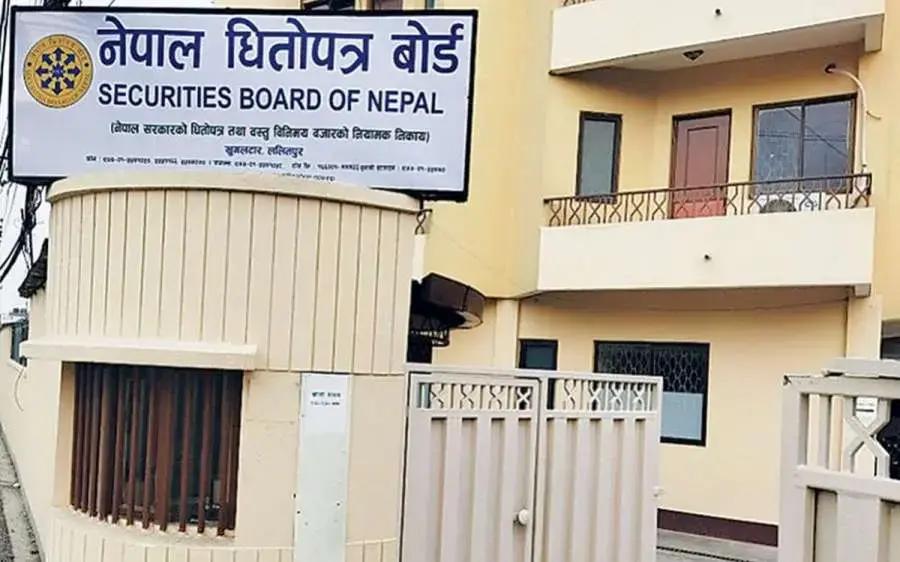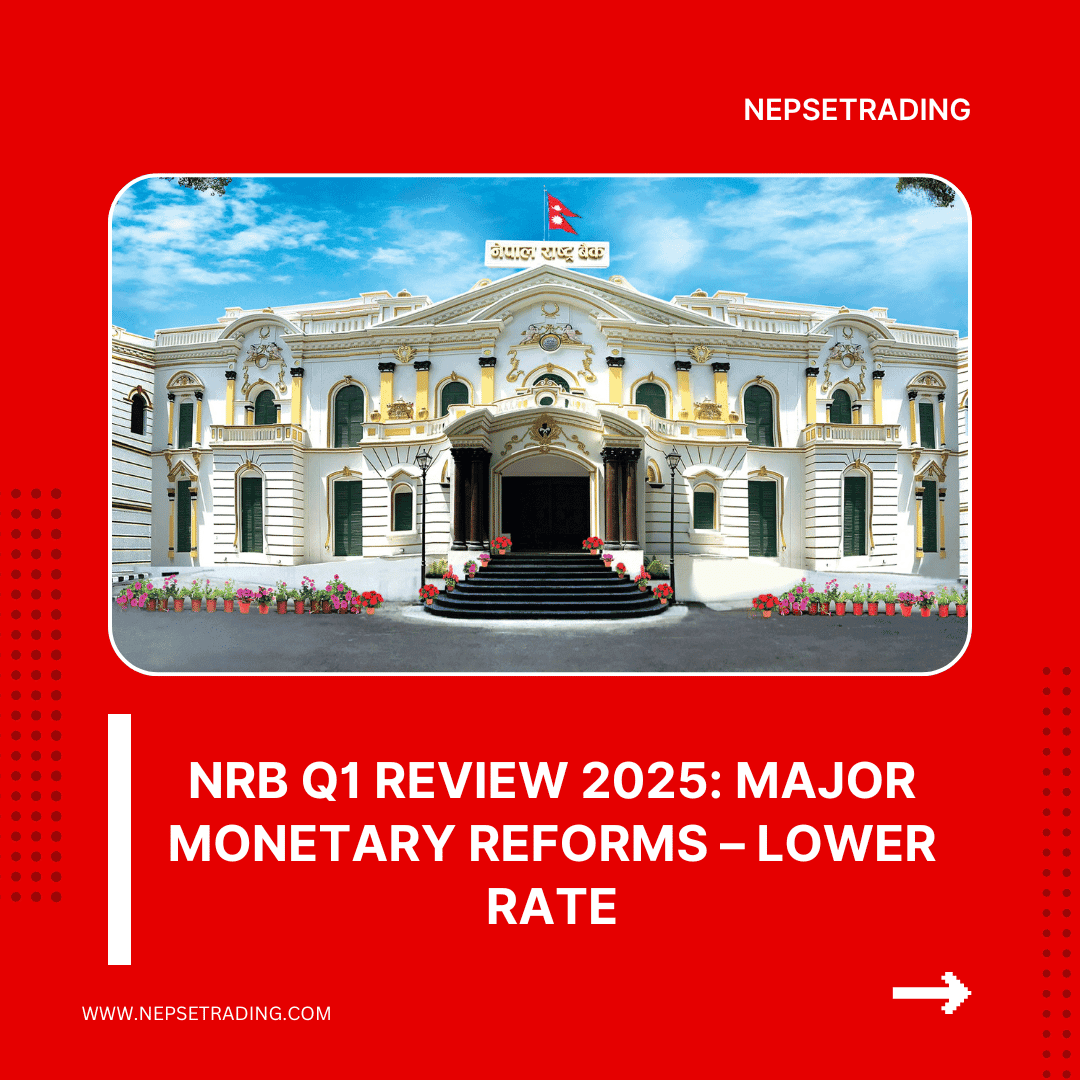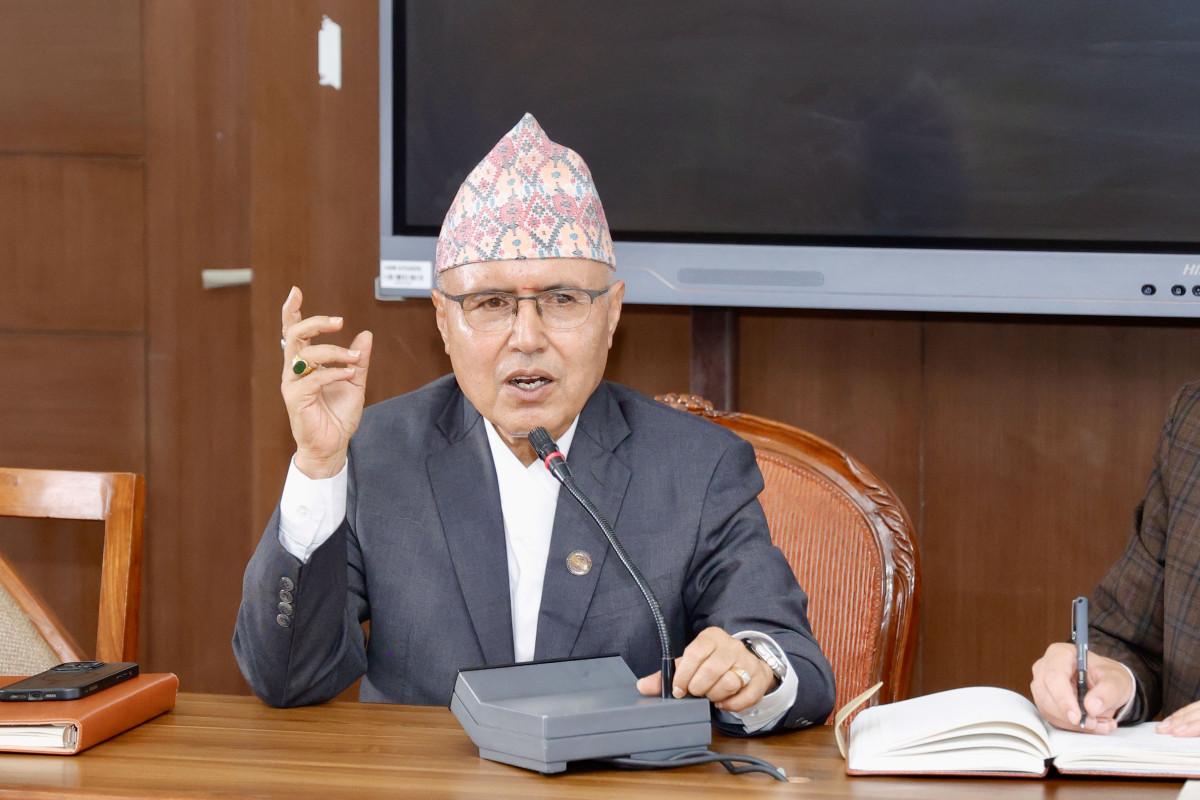By Dipesh Ghimire
Budget of Promises, Burden of Delivery

Nepal’s budget system, introduced after the democratic revolution of 2007 B.S., has matured over the decades. The first official national budget was presented on 21st Magh, 2008 B.S. (1962 A.D.) by Finance Minister Suvarna Shamsher Rana under the premiership of Matrika Prasad Koirala. Since then, the budget has served not only as a financial document but as a comprehensive blueprint for the government’s political, economic, and social priorities.
From Modest Beginnings to Massive Allocations
In the first ever budget, the government projected an income of NPR 30.5 million against an expenditure of NPR 52.5 million, a clear indication of early deficits. Fast forward to the fiscal year 2081/82 (2024/25), Nepal presented a record budget of NPR 1.86 trillion, divided as follows:
NPR 1.14 trillion for recurrent (operational) expenditures
NPR 352.35 billion for capital (development) expenditures
NPR 367.28 billion for financial management (debt servicing, loans, etc.)
Despite ambitious targets, only 35.89% of the total allocated budget was spent by mid-fiscal year (Poush end). Capital expenditure — the engine of infrastructure and long-term development — remained abysmally low at 16.16%, highlighting the ongoing systemic inefficiencies in budget execution.
Systemic Bottlenecks and Institutional Inefficiencies
Multiple structural issues plague Nepal’s budget system:
Lack of coordination between periodic development plans and annual budgets.
Poor intergovernmental alignment between federal, provincial, and local governments.
Delayed budget disbursement, inefficient procurement processes, and slow fund release to implementation units.
Frequent staff transfers and unfilled positions in critical infrastructure projects.
Projects are allocated funds without land acquisition, environmental clearance, or feasibility studies, making them unimplementable within the fiscal year.
Additionally, even in national pride projects, only 25.70% of the allocated NPR 66.75 billion was spent on 19 major projects in the first half of 2081/82.
Revenue Performance vs Spending Reality
Revenue collection, although more promising than expenditure, also faced challenges. Against a semi-annual target of NPR 672.80 billion, the government collected NPR 567.39 billion, or 84.33% of the target. Compared to last year, this is a 10.09% increase, indicating some recovery in the economic base.
Interestingly, foreign aid disbursement increased by 43.79% year-on-year, yet challenges remain in absorbing such assistance due to non-compliance with donor-imposed procurement and financial protocols.
The Capital Expenditure Crisis
Capital expenditure is what builds roads, schools, hospitals, irrigation projects, and other public infrastructure. In Nepal, this segment always suffers the most. Only 19% of the total budget was allocated to capital expenditure in 2081/82, far below what is needed for a developing country with rising infrastructure deficits. Worse, actual spending often falls short of even that limited allocation.
The recurring pattern of underutilized capital budgets suggests that budgeting is often symbolic — used to show commitment on paper, while implementation is hampered by technical, administrative, and political bottlenecks.
Citizen Disillusionment and Budget Fatigue
Once regarded as a national event that raised hopes across citizens, budget announcements in recent years have begun to feel repetitive, uninspired, and disconnected. Many citizens now see the budget as a copy-paste exercise — full of statistical promises, but devoid of meaningful impact. The ambitious programs often lack proper groundwork and follow-through.
This sentiment is compounded by growing youth frustration, as poor job creation, inflation, and political instability push them abroad. The discontent risks deepening if budget policies fail to tangibly address people’s everyday concerns.
The Path Forward: Budget Reform and Realism
For Nepal’s budget to be credible and transformative, several reforms are essential:
Capitalize on Productive Sectors: Focus allocations on agriculture, tourism, manufacturing, and export-oriented industries to stimulate employment and growth.
Reinforce Medium-Term Expenditure Framework (MTEF): Ensure that annual budgets align with multi-year development strategies.
Encourage Local Participation: Budgets must be built from the bottom-up, reflecting grassroots needs and solutions.
Ensure Transparency and Evaluation: Strengthen monitoring, evaluation, and feedback mechanisms, and make budget data publicly accessible.
Curtail Unproductive Spending: Reduce non-essential administrative expenses and reallocate funds to impactful projects.
Improve Procurement and Staffing: Streamline procurement laws and ensure key project staff are in place throughout implementation cycles.
Budget as a Bridge Between People and Policy
In a nation still grappling with poverty, inequality, and weak governance, the budget can be a powerful tool for transformation. When designed with integrity, realism, and citizen engagement, it not only drives development but builds trust between the state and the people.
As Nepal prepares to table the upcoming budget, the question is — will it once again be a ritualistic document, or will it finally address the real aspirations of Nepali citizens who crave prosperity, dignity, and opportunity?
Let this year’s budget not be a symbolic offering but a roadmap toward inclusive, sustainable, and accountable growth. Only then can the slogan "Prosperous Nepal, Happy Nepali" move from rhetoric to reality.









